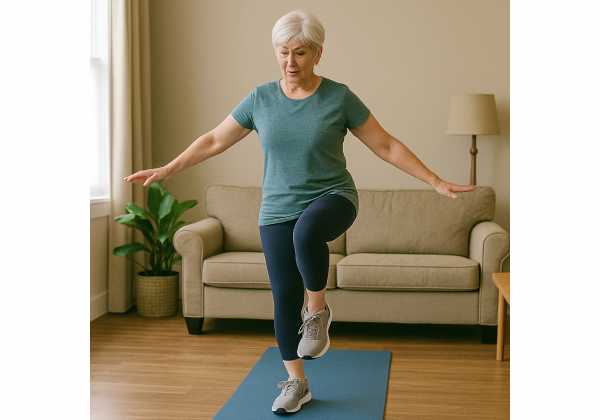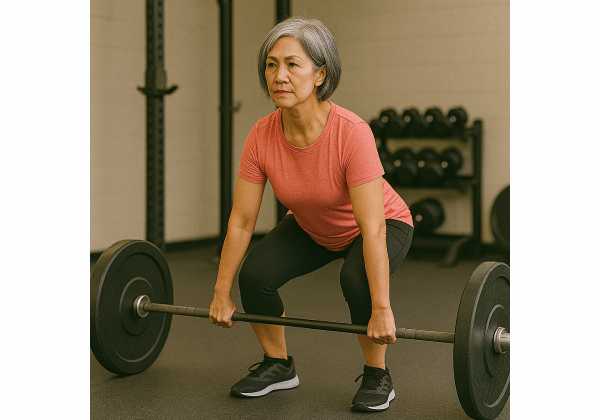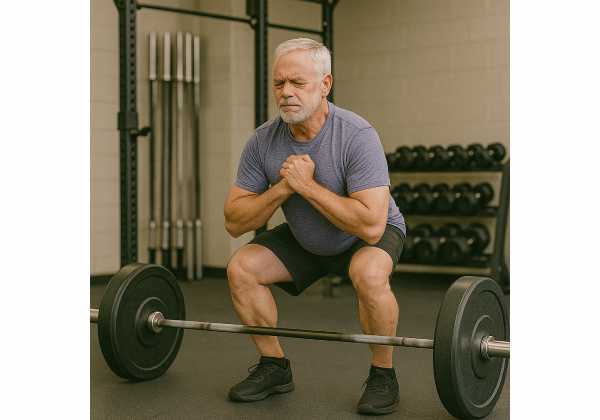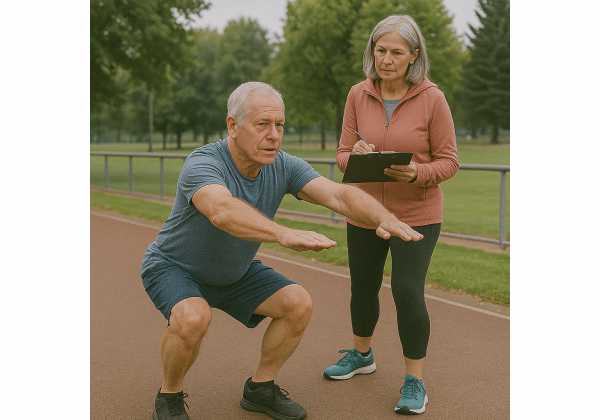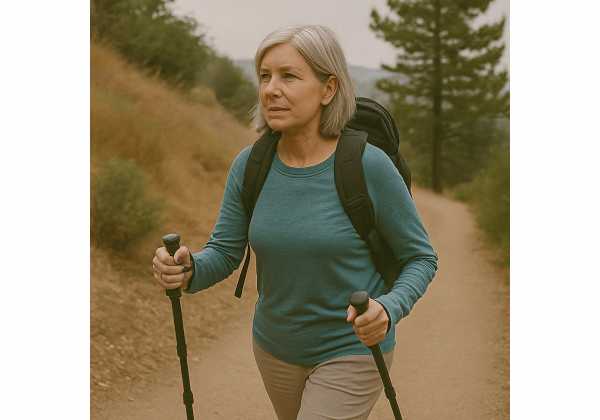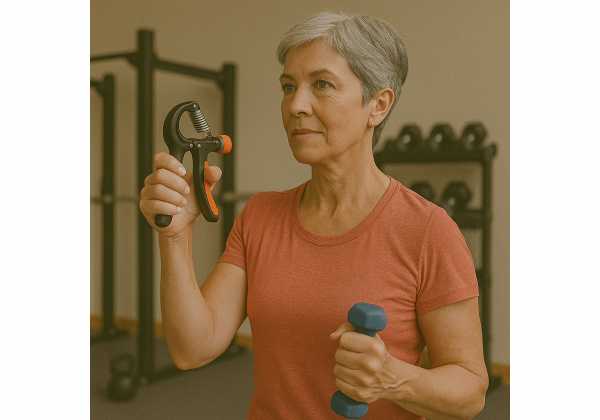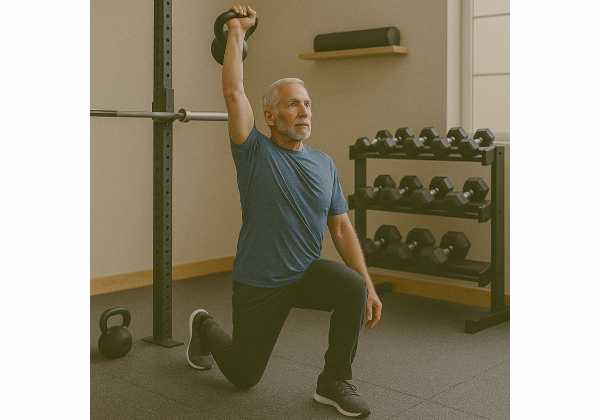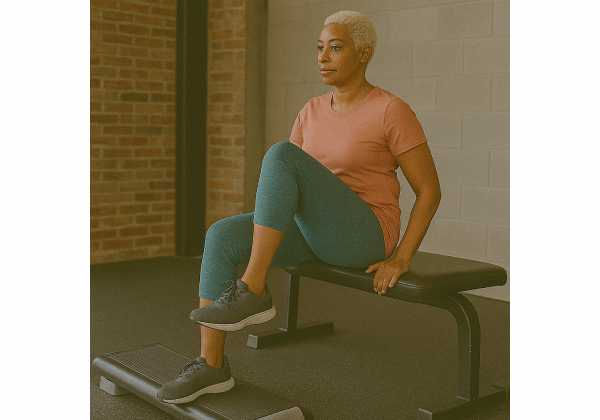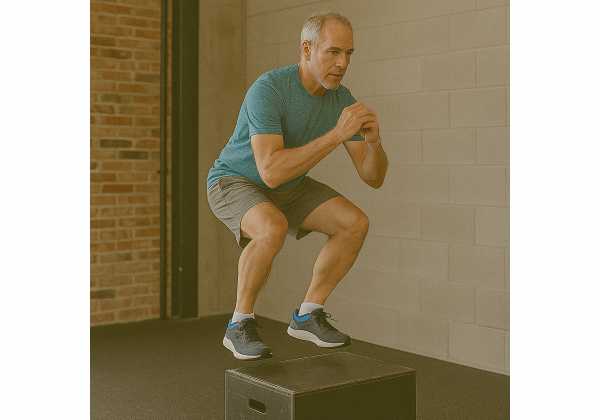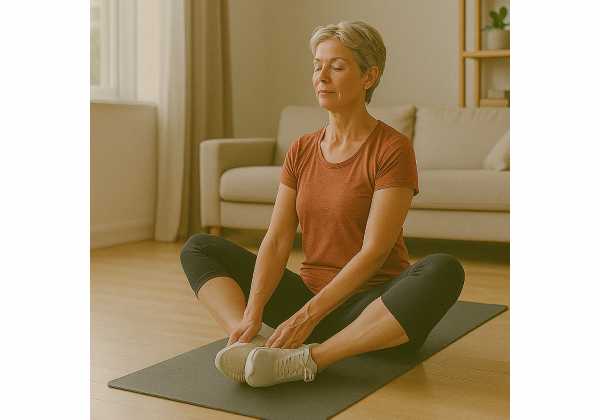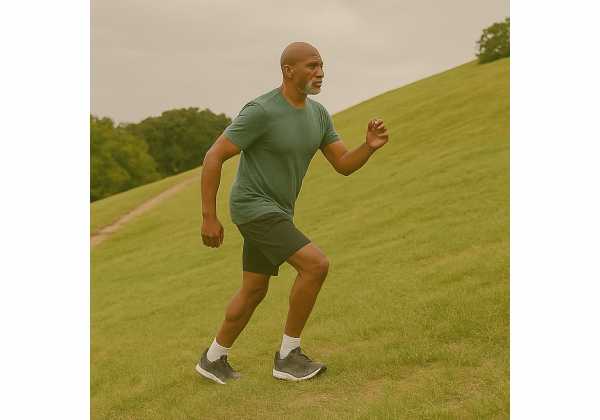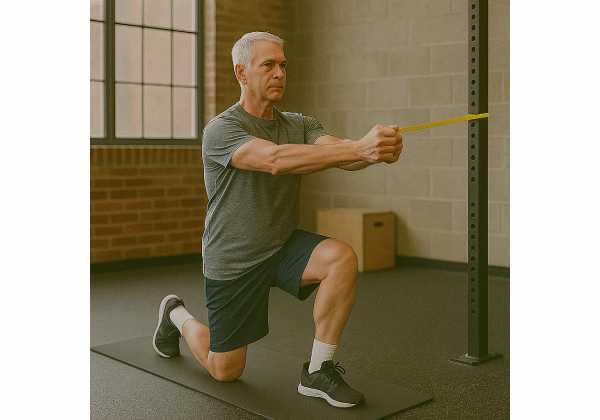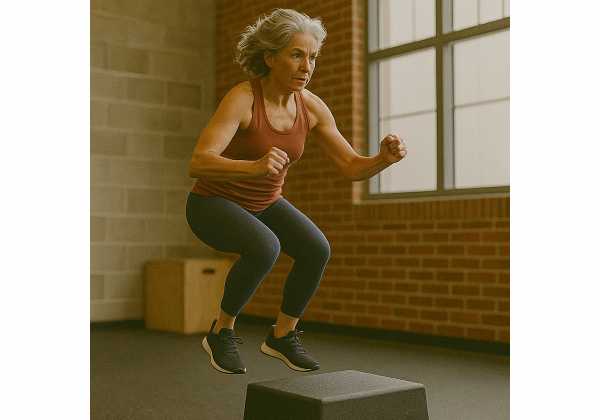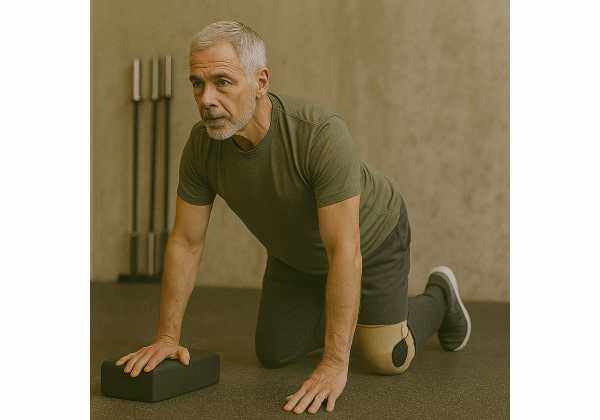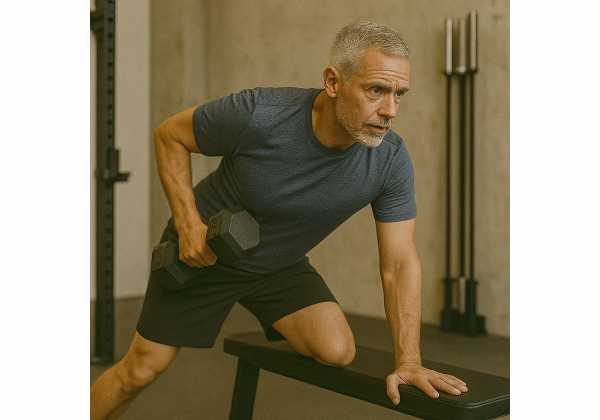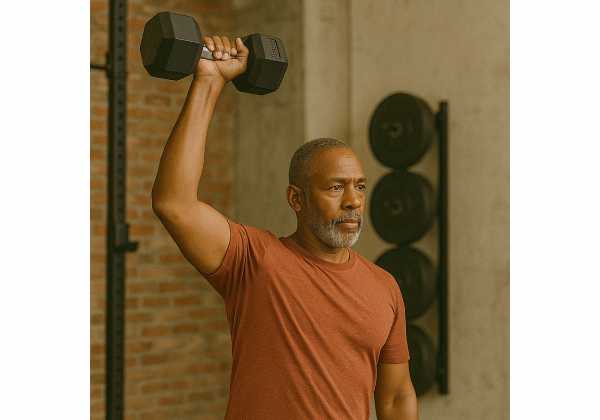Balance and Fall Prevention for Longevity: Daily Drills That Work
Falls are not random accidents; they are usually the result of small deficits that add up—stiffer ankles, slower foot placement, or a lapse in attention. The good news is that balance improves quickly with short, focused practice. This guide shows you how to test your starting point, build stability from static stances to reactive steps, and set up safe...
Bone Density and Longevity: Resistance and Impact Training
Bones grow stronger when you give them the right kind of stress—firm, well-placed forces that arrive in short, repeatable doses. Age, hormones, and long hours of sitting nudge bone in the wrong direction, but training tilts the balance back. This guide translates bone biology into clear actions: which lifts matter most, how to sprinkle in low- to moderate-impact work,...
Bracing and Breathing for Longevity Lifting: Diaphragm and Pressure
Good lifting is not a contest of strain; it is a quiet display of control. When you breathe well and brace well, your torso becomes a stable platform so hips and shoulders can do their work without asking the spine to absorb wobble. That stability does not require max effort. It requires a repeatable sequence you can hit before...
Fitness Benchmarks for Longevity: Simple Field Tests to Track
Numbers are not the point—direction is. A handful of simple, well-run field tests can show whether your training protects the abilities that matter for independent living: getting around briskly, standing up without hands, carrying groceries, and regaining balance after a stumble. You do not need a lab or fancy devices to get useful data. You need clear instructions, repeatable...
Gait, Walking, and Rucking for Healthy Aging: Distance, Load, Terrain
Walking is the original human training plan. It builds aerobic capacity, keeps joints nourished, and anchors daily movement. With smart tweaks—distance, pace, terrain, and a well-fitted pack—walking becomes a scalable conditioning tool that supports bone health, balance, and resilience. This guide turns those levers into a practical plan for healthy aging. You will learn how to assess your gait,...
Grip Strength and Longevity: Simple Tests and Tools
A firm handshake is more than social currency. Grip strength reflects how well your nervous system, forearm muscles, and connective tissues work together—and it correlates with broader capacity: carrying groceries, opening jars, preventing stumbles, and lifting safely. For healthy aging, grip becomes a practical vital sign you can train and track. This guide explains how to measure grip with...
Home Gym for Longevity: Minimal Equipment, Maximum Return
A home gym for healthy aging should be simple, safe, and relentlessly useful. You need tools that fit your space, support reliable habits, and cover the fundamentals: strength, power, balance, and cardiovascular fitness. You do not need a garage full of machines. A few well-chosen pieces can train every pattern that protects joint health and independence—pushing, pulling, squatting, hinging,...
Knee and Hip Friendly Training for Healthy Aging: Modifications That Matter
Aging well means staying strong, mobile, and confident in daily movement—without waking up to angry knees or hips. The goal isn’t to avoid stress entirely; it’s to apply the right kind, in the right dose, so tissues adapt instead of flaring. This guide shows how to train productively when cartilage feels cranky, steps creak, or deep squats complain. You’ll...
Low-Impact Plyometrics for Healthy Aging: Power Progressions
Explosive strength declines faster than maximal strength with age, yet it is the very quality that helps you catch a toe, step off a curb, or rise from a chair with authority. Low-impact plyometrics—small jumps, rebounds, and throws done with control—offer a practical way to rebuild power without punishing joints. This guide shows you how to meet the prerequisites,...
Mobility for Healthy Aging: Hips, Shoulders, and Ankles Routine
Mobility is not a party trick—it is how you get off the floor, carry groceries, and turn your head to check traffic. As we age, range of motion narrows first where we move most: hips, shoulders, and ankles. The good news is that targeted practice restores usable motion quickly when you pair the right drills with smart progressions. This...
Outdoor Conditioning for Longevity: Hills, Stairs, and Terrain
Outdoor conditioning is simple on paper—walk more, climb a hill, take the stairs—but the details determine whether your joints feel invigorated or inflamed. Elevation changes challenge the heart and legs in ways flat ground cannot, while uneven surfaces sharpen balance and foot strength. This guide turns local parks, neighborhoods, and staircases into a structured engine for cardiorespiratory fitness, leg...
Posture and Core for Healthspan: Anti-Extension and Anti-Rotation
A resilient core supports how you breathe, move, and carry load across decades. It does more than “tone abs.” Your trunk manages pressure, resists unwanted motion, and transfers force between hips and shoulders so walking, lifting, and recreational sport feel smooth and safe. This guide builds a practical core system for healthspan using two proven themes: anti-extension (resisting excessive...
Power Training for Healthy Aging: Safe Jumps, Throws, and Sprints
Power fades faster than strength with age, yet it is the quality that helps you clear a curb, catch a stumble, and lift groceries with ease. Power training is not reckless leaping—it is deliberate, low-volume practice of moving with intent: crisp jumps, smooth throws, and short sprints that respect joints. This guide gives you the safety screens, landing mechanics,...
Return to Training After Illness or Injury: Longevity-Minded Ramp-Up
A smart return to training protects the gains you already own and rebuilds the ones you lost—without lighting up symptoms. The goal is not to “make up” missed workouts; it is to stack small, reliable sessions that restore energy, confidence, and tolerance. This guide gives you a clean clearance checklist, a stepwise ramp for time and volume, and simple...
Session Design for Healthspan: Sets, Reps, Tempo, and RPE
Well-designed sessions make training feel sustainable and productive year after year. You do not need a complicated spreadsheet to get stronger, move better, and keep energy for the rest of your life. You need a clear structure that respects skill practice, progression, and recovery. This guide shows how to choose movement patterns, set reps and sets by goal, use...
Shoulder Health for Longevity Training: Scapular Control and Overhead Options
Keeping your shoulders strong and comfortable is one of the highest-return investments you can make for healthy aging. The shoulder complex moves through more range than any other joint, but that freedom means it relies on smart mechanics, stable control, and respectful loading. In this guide, you’ll learn how to screen your own range of motion, build durable rotator...

